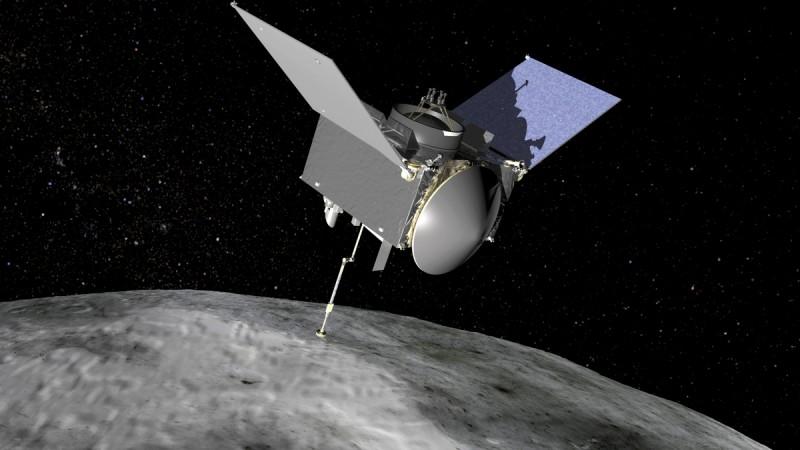
The National Aeronautics and Space Administration (NASA) said that it sent an OSIRIS-REx spacecraft to analyse the little asteroid called Bennu, which has a possibility of 1 in 2,500 of crashing with Earth.
The aircraft was launched from Florida's Cape Canaveral Air Force Station and located the asteroid, but NASA still needs to do a lot, said John Holdren, director of the White House's Office of Science and Technology Policy.
"We are not fully prepared, but we are on a trajectory to get much more so," Holdren said on Wednesday at NASA's Goddard Space Flight Center during a discussion of the agency's planned Asteroid Redirect Mission (ARM), according to a space.com report.
Holdren also spoke about 1908 Tunguska air bursts in which a strong explosion took place near Russia's Tunguska River. The February 2013 meteor explosion over Chelyabinsk in Russia was another event he mentioned and asked people to take the asteroid threats seriously.
"The asteroid which NASA aims to send the ARM spacecraft is carbonaceous with compounds from the early formation of the solar system" ARM programme director Michele Gates was quoted as saying by Inverse.
"It is made up 20 percent of water and has never been visited before," Gates added.
On Wednesday, Sept. 14, during a discussion at NASA's Goddard Space Flight Center, Holdren said that the $1.25 billion ARM mission should aid the researchers in learning more about asteroids and the resources they got, how to send astronauts to Mars and also about how to protect Earth from life-threatening asteroids.












!['Had denied Housefull franchise as they wanted me to wear a bikini': Tia Bajpai on turning down bold scripts [Exclusive]](https://data1.ibtimes.co.in/en/full/806605/had-denied-housefull-franchise-they-wanted-me-wear-bikini-tia-bajpai-turning-down-bold.png?w=220&h=138)
![Nayanthara and Dhanush ignore each other as they attend wedding amid feud over Nayanthara's Netflix documentary row [Watch]](https://data1.ibtimes.co.in/en/full/806599/nayanthara-dhanush-ignore-each-other-they-attend-wedding-amid-feud-over-nayantharas-netflix.jpg?w=220&h=138)



